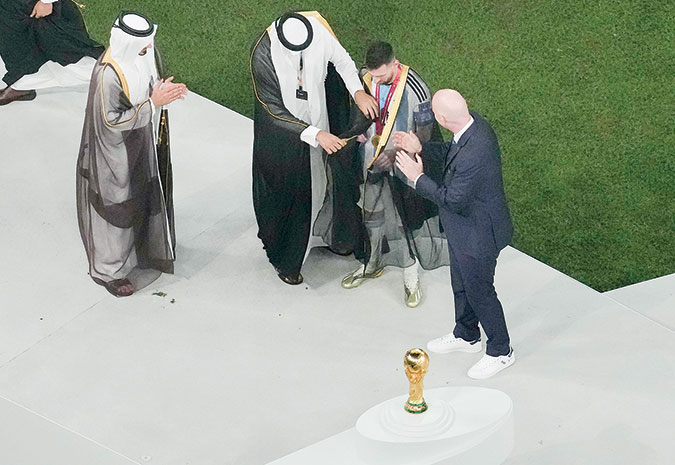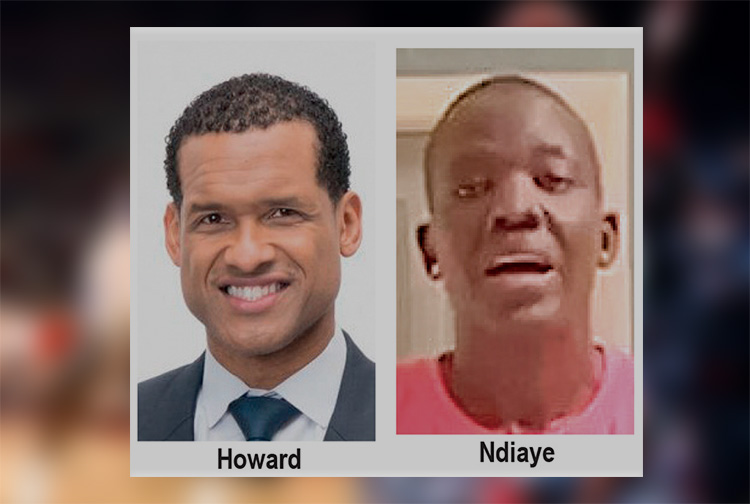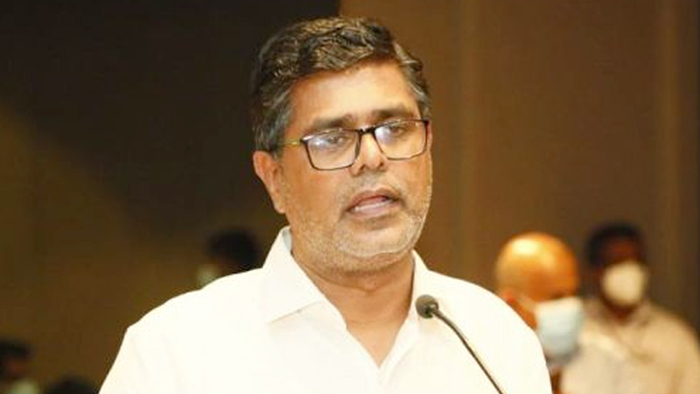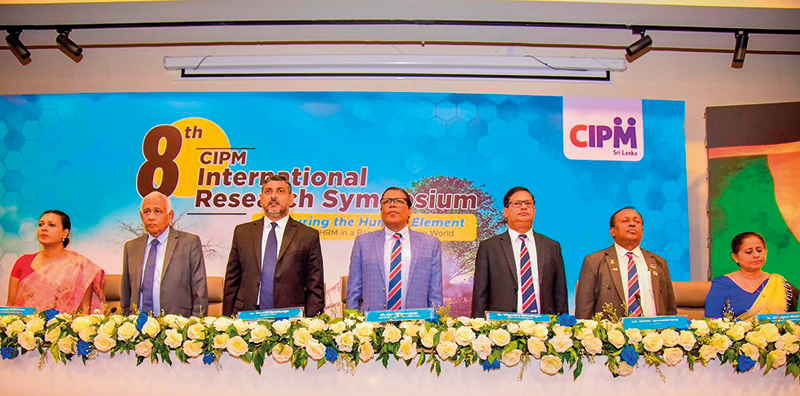News
Lionel Messi’s black cloak

A brief history of the bisht, given to the superstar after his World Cup triumph
By Pardis Mahdavi
Provost and Executive Vice President, The University of Montana
(Conversation) Shortly before Lionel Messi took to the stage to lift up the World Cup trophy, Qatari Emir Sheikh Tamim bin Hamad Al Thani put a black cloak, called a “bisht,” over the Argentinian soccer star’s shoulders.Images of Messi wrapped in black fabric, which might have been construed as obscuring his national jersey, caused confusion around the world. Many fans questioned why the Argentinian soccer star was shrouded in an Arabian cape, with some suggesting that it “ruined an iconic moment.”
What is the bisht? And what is its significance?
As a scholar of Middle Eastern cultural traditions, I’m aware that the origins of the bisht date back to the fifth century B.C. It was initially used as a traveling coat to protect the skin of nomadic shepherds and Bedouins as they journeyed through different climates.The word itself derives from Persian and translates literally to “on one’s back.” Also called an “aba” in Arabic, the bisht is traditionally a long, hand-woven cloak made of camel hair and goat fur. Its fibers were specifically crafted for the harsh desert climates – both cold and warm.
The process of spinning and weaving the fabric together – usually black, brown, beige or gray – makes it highly breathable.Over time, tailors began adding specialized trim to the cloth, such as hand-spun gold or silver. The trim, called “zari,” was crafted by mixing fine metals with silk to give it a lasting sheen. The zari was added to the outer portions to distinguish traveling cloaks from those to be worn by dignitaries or on special occasions.
By the time of the Prophet Muhammad in the sixth century, soldiers and generals who performed well were shrouded with a bisht after battle in the conquests of the Persian and later Arab empires. The more transparent the fabric and more ornate the trim, the higher the honor. In countries such as the United Arab Emirates and Qatar that were formed in the early 1900s, royalty and politicians, referred to as Al Malaki, frequently wore the more ornamented bisht.
Today, there are many kinds and levels of the bisht, ranging in price from a few hundred to a few hundred thousand U.S. dollars. While the invention of the sewing machine facilitated the mass production of these cloaks, royalty, dignitaries and sheikhs wear only handmade, woven and trimmed bisht.
Like fashion and outerwear around the world, Middle Eastern clothing such as the bisht or the traditional white robes worn by many Arabs in the Persian Gulf, called “dish dasha,” are a status symbol.For Qataris, shrouding Messi, the star of the FIFA World Cup, with their most honorific clothing was an opportunity to sharetheir culture – and the geopolitical importance of the World Cup games – with the world.
News
US sports envoys to Lanka to champion youth development

The U.S. Embassy in Colombo welcomed the U.S. Sports Envoys to Sri Lanka, former National Basketball Association (NBA) and Women’s National Basketball Association (WNBA) players Stephen Howard and Astou Ndiaye, from June 8 through 14.
The Public Diplomacy section of the U.S. Embassy said that it would launch a weeklong basketball program intended to harness the unifying power of sports, made possible through collaboration with Foundation of Goodness and IImpact Hoop Lab.
While in Sri Lanka, Howard and Ndiaye, both retired professional basketball players, will conduct a weeklong program, Hoops for Hope: Bridging Borders through Basketball. The Sports Envoys will lead basketball clinics and exhibition matches and engage in leadership sessions in Colombo and Southern Province for youth aged 14-18 from Northern, Uva, Eastern and Western Provinces, offering skills and leadership training both on and off the court. The U.S. Envoys will also share their expertise with the Sri Lanka Basketball Federation, national coaches, and players, furthering the development of basketball in the country. Beyond the clinics, they will collaborate with Sri Lankan schoolchildren to take part in a community service project in the Colombo area.
“We are so proud to welcome Stephen and Astou as our Sports Envoys to Sri Lanka, to build on the strong people-to-people connections between the United States and Sri Lanka,” said U.S. Ambassador Julie Chung. “The lessons that will be shared by our Sports Envoys – communication, teamwork, resilience, inclusion, and conflict resolution – are essential for leadership development, community building, equality, and peace. The U.S. Sports Envoy program is a testament to our belief that sports can be a powerful tool in promoting peace and unity.”
News
Rahuman questions sudden cancellation of leave of CEB employees

SJB Colombo District MP Mujibur Rahuman in parliament demanded to know from the government the reasons for CEB suspending the leave of all its employees until further notice from Thursday.
MP Rahuman said that the CEB has got an acting General Manager anew and the latter yesterday morning issued a circular suspending leave of all CEB employees with immediate effect until further notice.
“We demand that Minister Kanchana Wijesekera should explain this to the House. This circular was issued while this debate on the new Electricity Amendment Bill was pending. There are many who oppose this Bill. The Minister must tell parliament the reason for the urge to cancel the leave of CEB employees,” the MP said.However, Speaker Mahinda Yapa Abeywardena prevented Minister Wijesekera responding to the query and said that the matter raised by MP Rahuman was not relevant.
News
CIPM successfully concludes 8th Annual Symposium

The Chartered Institute of Personnel Management (CIPM) successfully concluded the 8th Annual CIPM Symposium, which took place on 31st May 2024. Themed “Nurturing the Human Element—Redefining HRM in a Rapidly Changing World,” the symposium underscored the pivotal role of human resource management (HRM) in today’s dynamic global landscape. Since its inception in 1959, CIPM has been dedicated to advancing the HR profession through education, professional development, and advocacy, solidifying its position as Sri Lanka’s leading professional body for HRM.
Ken Vijayakumar, the President of the CIPM, graced the occasion as the chief guest. The symposium commenced with the welcome address by the Chairperson, Prof. Arosha Adikaram, followed by the Web Launch of the Symposium Proceedings and Abstract Book by the CIPM President. The event featured distinguished addresses, including a speech by Chief Guest Ken Vijayakumar, President of CIPM, and an address by Guest of Honor Shakthi Ranatunga, Chief Operating Officer of MAS Holdings Pvt. Ltd., Sri Lanka.
The symposium also featured an inspiring keynote address by Prof. Mario Fernando, Professor of Management and Director of the Centre for Cross Cultural Management (CCCM) at the University of Wollongong, Australia.
Vote of Thanks of the inauguration session was delivered by Dr. Dillanjani Weeratunga, Symposium Co-chair.
The symposium served as a comprehensive platform for researchers to present their findings across a wide range of critical topics in HRM. These included Cultural Diversity and Inclusion, Talent Development and Retention, Ethical Leadership and Corporate Social Responsibility, Adapting to Technological Advancements, Mental Health and Well-being at Work, Global Workforce Challenges, Employee Empowerment, and Reskilling and Upskilling.
The plenary session was led by Prof. Wasantha Rajapakse. Certificates were awarded to the best paper presenters during the valedictory session, followed by a vote of thanks delivered by Kamani Perera, Manager of Research and Development.
The annual symposium of CIPM was a truly inclusive event, attracting a diverse audience that spanned undergraduates, graduates, working professionals, research scholars and lecturers. This widespread interest highlights the symposium’s significance in the field of HRM, offering a unique opportunity for everyone to network and learn from scholarly brains.The CIPM International Research Symposium was sponsored by Hambantota International Port, Sri Lanka Institute of Information Technology (SLIIT), E B Creasy & Co. PLC, and Print Xcel Company.












